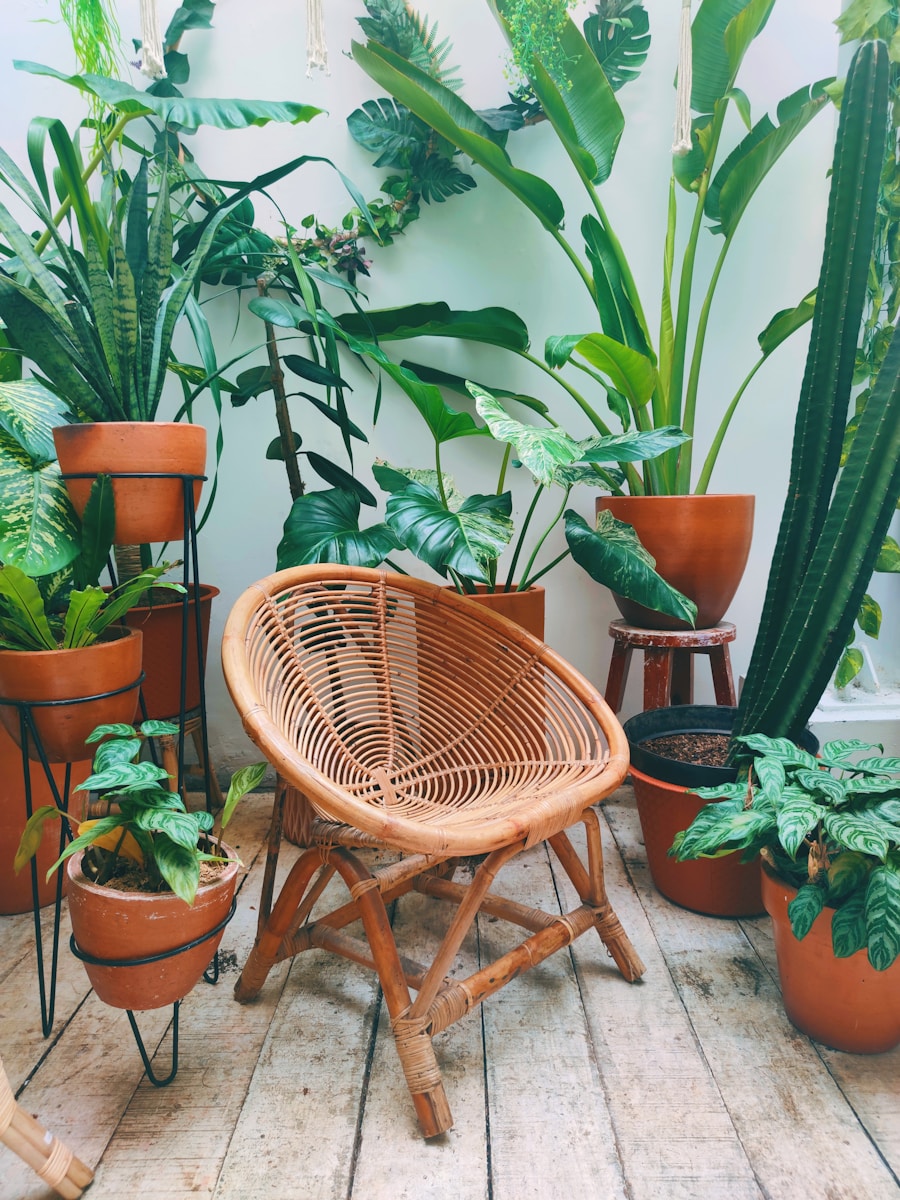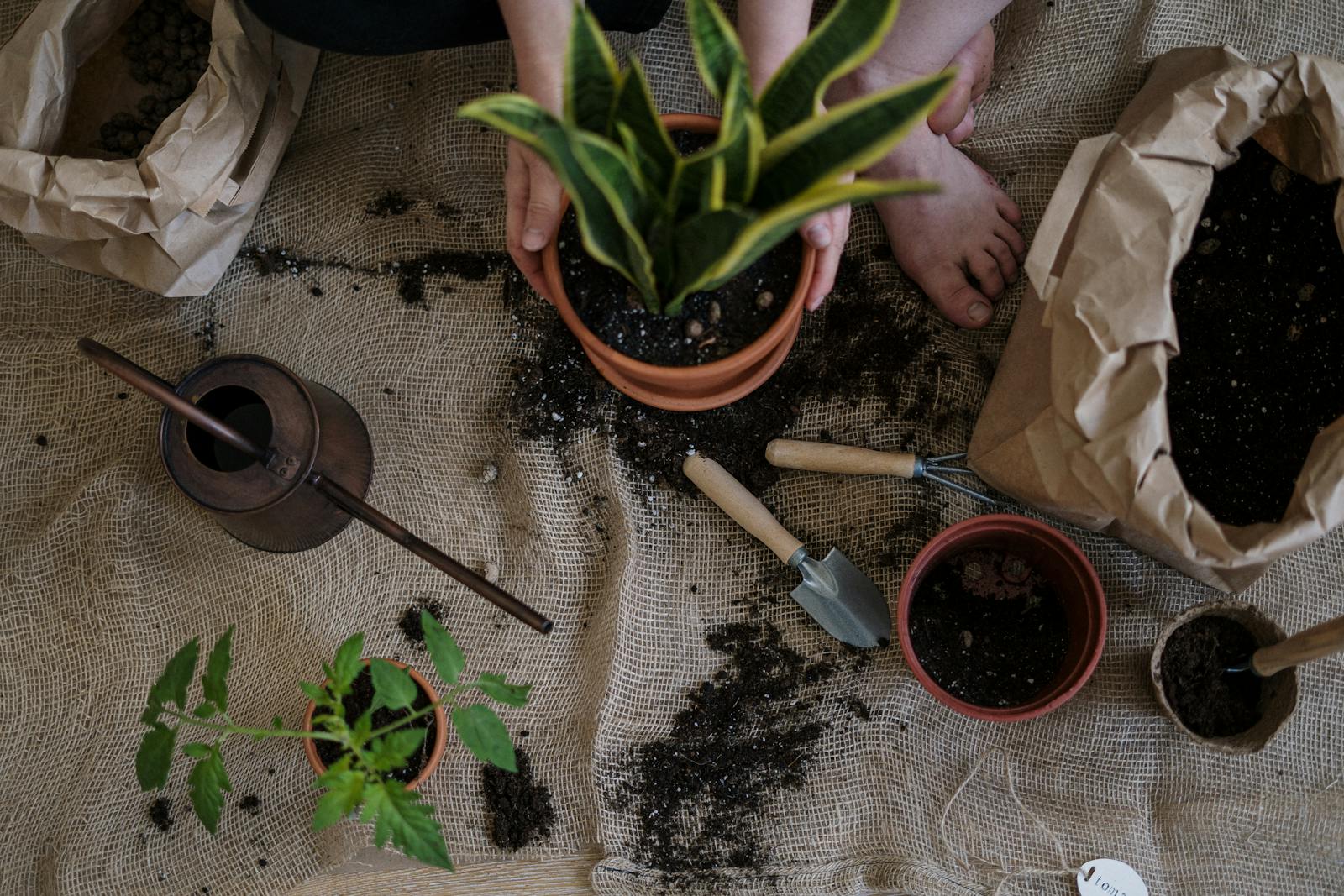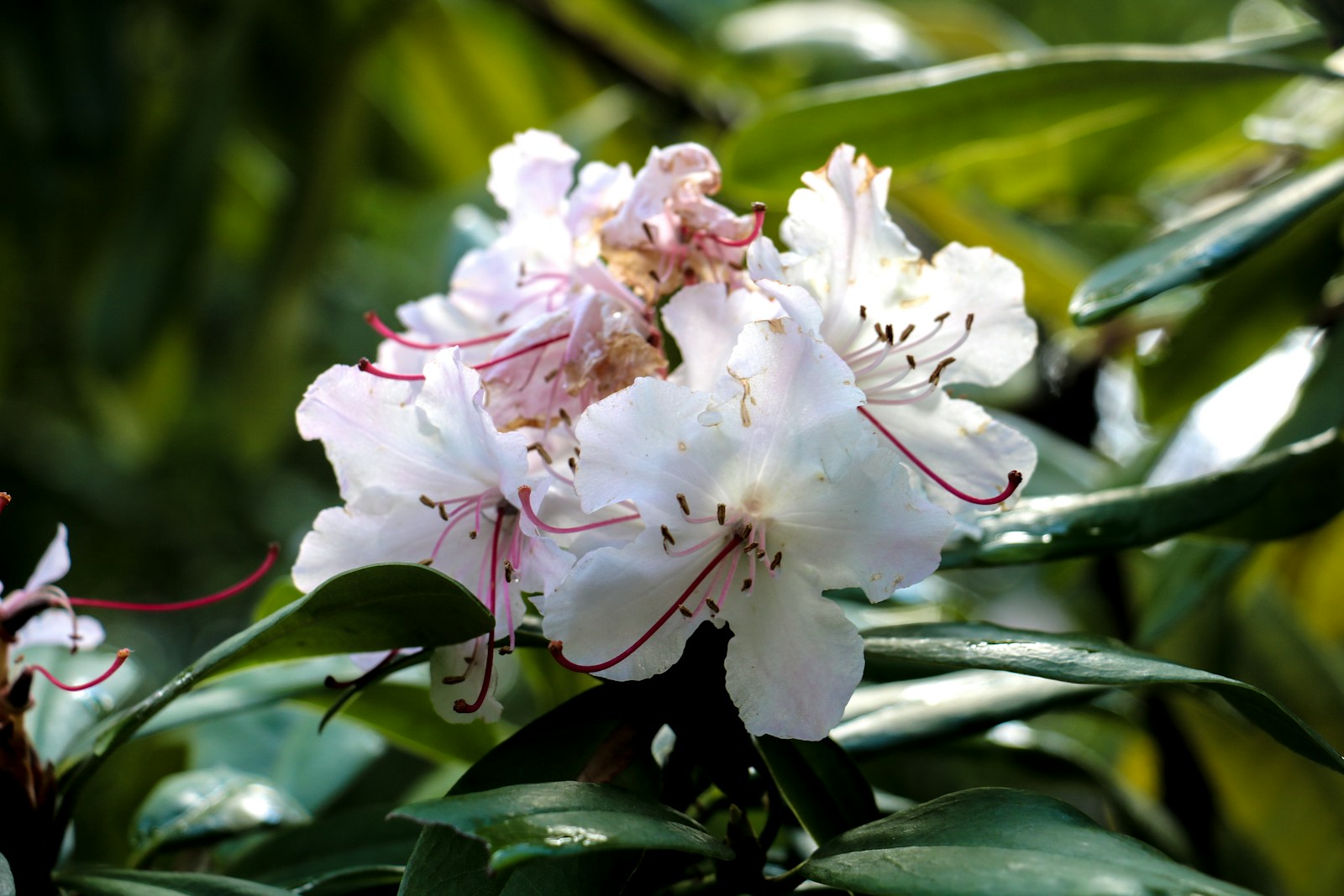Gardening on a Balcony or Rooftop
Evaluating Space and Structure
Gardening on a balcony or rooftop starts with understanding the space’s structure. Check weight limits, access to sunlight, and wind exposure. Rooftops and balconies often require permits or property owner approval, so verify all regulations first. For more ideas on maximizing limited areas, explore our guide on gardening for small spaces.
Measure your available space to plan appropriately. Consider whether the surface is sloped, shaded, or exposed to harsh weather. These factors influence what containers and plants you can safely use.
Assessing these practical elements sets the foundation for a thriving, sustainable container garden high above ground level.
Choosing the Right Containers
Container selection is critical for balcony and rooftop gardens. Choose lightweight but durable materials like resin, fiberglass, or fabric grow bags. Ensure all containers have proper drainage holes to avoid water buildup and root rot. Discover the advantages of container gardening in compact areas.
Larger pots retain moisture better and provide insulation during temperature shifts. Consider self-watering planters for added convenience. Use saucers or trays to protect surfaces from water stains.
Grouping containers also creates microclimates that help plants thrive and makes care easier by reducing evaporation and runoff.
Soil, Drainage, and Watering
Use high-quality potting mix formulated for containers. Unlike ground soil, this mix is lighter, drains well, and supports root health in confined spaces. Avoid garden soil, which can become compacted and suffocate roots.
Because rooftop and balcony gardens dry out faster, consistent watering is essential. Water in the early morning or late evening to minimize evaporation. Consider drip systems or self-watering setups for larger collections of containers. Learn more about starting your container garden effectively.
Adding mulch to container surfaces helps retain moisture, reduce weeds, and protect roots from extreme heat.
Sunlight and Plant Selection
Track sun patterns on your balcony or rooftop to match plants with light conditions. South-facing spaces often receive intense light, ideal for sun-loving crops like tomatoes, basil, and peppers. Shadier areas suit ferns, lettuce, and impatiens.
Compact or dwarf plant varieties are perfect for limited space. Vertical options like trellised cucumbers or wall-mounted herbs maximize growing area without crowding your floor.
Group plants by light needs and rotate pots seasonally to maintain even exposure as sunlight angles shift throughout the year.
Managing Wind and Exposure
Balconies and rooftops often face strong winds, which can stress or damage plants. Use windbreaks such as lattice panels, bamboo screens, or tall, dense plants like ornamental grasses to shield delicate specimens.
Choose sturdy containers with broad bases to prevent tipping. Secure trellises and tall planters with weights or brackets, and stake plants that grow tall or top-heavy.
Monitoring weather forecasts and adjusting your layout for seasonal wind changes ensures your elevated garden remains safe and stable.
Incorporating Vertical Gardening
Vertical gardening is an effective way to make the most of limited space. Install trellises, shelving units, or pocket planters along walls or railings. These setups provide ample growing space for herbs, leafy greens, and flowering vines. Explore creative vertical gardening ideas like hanging planters and stackable pots. Vertical gardening benefits for city dwellers include not only maximizing limited space but also improving air quality and providing fresh produce. Additionally, these green spaces can enhance the aesthetic appeal of urban environments, making them more inviting. By incorporating vertical gardens, residents can cultivate a sense of tranquility amidst the hustle and bustle of city life.
Use hanging baskets or stackable containers to elevate your planting area. This creates a lush garden atmosphere while maintaining walkable space below.
Vertical gardens also help improve air circulation, reduce clutter, and add structure to your balcony or rooftop layout.
Creating Shade and Microclimates
Direct sun can be intense on rooftops and balconies. Adding shade structures protects plants and keeps temperatures more stable. Use umbrellas, pergolas, or lightweight cloth canopies to diffuse sunlight.
Group taller plants or trellised vines to create shaded pockets for heat-sensitive crops like lettuce or cilantro. Containers close together also form microclimates that preserve humidity and reduce heat stress.
Adapting to microclimates improves plant health and extends growing seasons in your elevated garden space.
Fertilizing for Container Success
Frequent watering can flush nutrients from container soil. To keep plants productive, apply slow-release fertilizers at planting time and supplement with liquid feeds every 2–4 weeks during peak growth.
Choose fertilizers suited to your crop types—high nitrogen for leafy greens, balanced mixes for flowering plants, and potassium-rich blends for fruiting vegetables.
Over-fertilizing can burn roots or promote excessive foliage. Follow package guidelines and observe plant response to fine-tune your feeding routine.
Designing for Beauty and Function
A well-designed balcony or rooftop garden should feel inviting and organized. Blend form with function by using matching pots, color-themed plantings, and strategic furniture placement. Pathways and clear zones enhance flow and accessibility.
Incorporate edible ornamentals like rainbow chard or purple basil for visual flair. Add lighting for evening ambiance and birdbaths or pollinator plants to invite wildlife.
With thoughtful design, your garden becomes a relaxing extension of your home, perfect for both enjoyment and harvest.
Extending the Season with Covers and Insulation
Season extenders are vital for gardeners working in exposed, elevated areas. Use frost cloths, mini-greenhouses, or cloches to shield plants during chilly nights or early spring chills.
Insulate containers with bubble wrap, mulch, or fabric layers to stabilize soil temperatures. Move pots closer to walls or indoors during extreme weather events.
These small adjustments help you start earlier in spring and finish later in fall, maximizing your garden’s output without adding permanent infrastructure.
Harvesting and Replanting Throughout the Season
To maximize yields in small spaces, practice continuous harvesting and replanting. Cut-and-come-again crops like lettuce, kale, and basil can be harvested multiple times.
As soon as one crop finishes, replant with another suited to the season. For example, harvest spring radishes, then sow summer basil or dwarf peppers. Late summer beans can give way to autumn arugula or spinach.
This approach keeps your containers productive from early spring through late fall, increasing the overall value of your garden footprint.
Monitoring Pests and Plant Health
Even in urban settings, pests can find their way into rooftop and balcony gardens. Aphids, spider mites, and whiteflies are common culprits. Regular inspection helps catch issues early before they spread.
Use natural deterrents like neem oil, insecticidal soap, or companion planting. Introducing beneficial insects such as ladybugs can also help maintain balance without harsh chemicals.
Keep foliage dry, avoid over-fertilizing, and maintain good airflow to reduce disease risk. Healthy plants are your best defense against pests and stress.
Planning for Storage and Tools
Balcony and rooftop gardeners benefit from compact storage solutions. Use benches with hidden compartments, vertical racks, or wall-mounted hooks to organize hand tools, fertilizers, and watering cans.
Minimize clutter by selecting multi-use tools and keeping only what you use frequently. Store items in waterproof containers or indoors when not in use to extend their life and keep your space tidy.
Smart storage boosts efficiency and helps you maintain an organized, enjoyable garden zone.
Maximizing Utility and Enjoyment
Balcony and rooftop gardens are more than growing spaces—they’re outdoor retreats. Create cozy seating areas with foldable chairs, cushions, and small tables to enjoy your garden up close.
Add scent with lavender, jasmine, or scented geraniums. Use soft lighting, wind chimes, or fountains to engage the senses and enhance relaxation.
Blending utility with ambiance turns your urban garden into a place of comfort and calm—a daily destination, not just a weekend task.
Gardening with Safety and Community in Mind
Safety is essential when gardening on elevated structures. Secure heavy pots, avoid blocking exits, and don’t overload railings. Check building guidelines and get any necessary permissions before installing fixtures or irrigation systems.
In shared buildings, communicate with neighbors to prevent conflicts. Your green space can spark connection and inspire others to garden as well.
Respecting safety and community makes your garden a valued part of the urban ecosystem, contributing to a greener, friendlier environment for everyone.
Frequently Asked Questions
What are the best vegetables for balcony or rooftop gardening?
Compact vegetables like cherry tomatoes, peppers, salad greens, and radishes thrive in containers. Choose dwarf or patio varieties suited to small spaces and shallow soils.
How do I protect my rooftop garden from strong winds?
Use windbreaks like lattice panels or tall, dense plants. Choose heavy containers, stake tall plants, and anchor vertical structures to keep everything stable in gusty conditions.
Can I grow herbs year-round on a balcony?
Yes, many herbs like thyme, rosemary, and parsley can grow year-round in pots. Move them to sheltered spots or indoors in cold weather to extend their life through winter.
Do I need special soil for rooftop gardening?
Use high-quality potting mix designed for containers. It offers better drainage and aeration than garden soil and supports healthy roots in confined spaces.
Is it safe to water a balcony garden daily?
Yes, but use trays or saucers under pots to prevent runoff. Water in the early morning, and adjust based on weather. Self-watering containers can help regulate moisture effectively.
© 2025 GardeningandDecor.com. All rights reserved.



